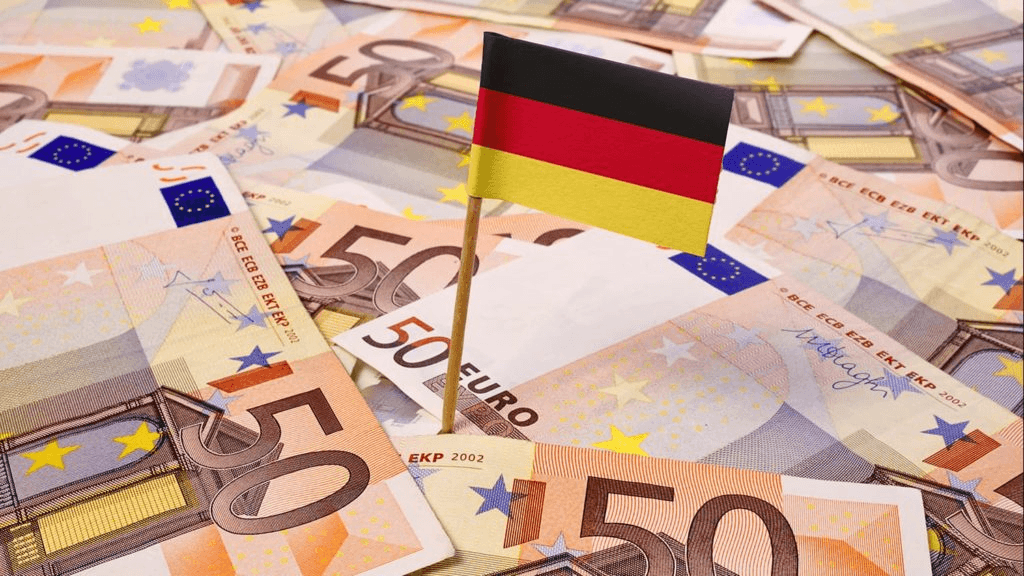
Germany has long been known as a cash-based society, but recent trends indicate a gradual shift toward more cashless payments, particularly debit card usage. Understanding the payment preferences and habits of Germans provides a clear picture of the evolving landscape in one of Europe’s largest economies. In this article, we’ll explore the reasons behind Germany’s preference for cash, the growing acceptance of card-based and digital payments, and how societal, economic, and cultural factors play a role in shaping these behaviors.
A Cash-Centric Culture Rooted in Tradition
Historically, Germany has been recognized for its strong preference for cash, a trend shaped by various societal factors. Cash represents privacy, security, and control over one’s finances, which many Germans highly value. Unlike credit-based economies like the United States or the UK, Germans have traditionally been cautious about accruing debt, and cash offers a way to avoid it. For many, paying with cash provides a tangible sense of managing their finances without the uncertainties associated with credit.
A 2023 study by the Deutsche Bundesbank revealed that 51% of all transactions were conducted in cash, despite the growing popularity of card payments. Privacy concerns remain a major reason for this continued preference, with people feeling more secure in their anonymity when using cash compared to digital payments. Even though this number reflects a decline from previous years, it highlights that cash is still deeply entrenched in German culture.
Another interesting aspect is that cash is most commonly used for smaller, everyday transactions such as grocery shopping or dining out. On the other hand, debit cards, especially the popular domestic girocard system, are more often used for higher-value purchases.
Debit Cards on the Rise
Though cash remains the most frequently used form of payment in Germany, debit card usage is steadily increasing. According to the same Bundesbank study, 27% of transactions were made using debit cards in 2023, up from previous years. This trend signals a growing acceptance of card payments across the country. This is especially evident among younger generations, who are more open to the convenience of card-based transactions, especially as online shopping and mobile payments grow in popularity.
The girocard, Germany’s domestic debit card system, is especially favored for larger purchases and point-of-sale (POS) transactions. This system, integrated with nearly every bank account, provides a reliable and widely accepted method for electronic payments. It accounted for 32% of total transaction turnover in 2023, surpassing cash, which accounted for 26%. These numbers suggest that while Germans still prefer using cash, particularly for smaller purchases, the transition to cashless payments is accelerating.
Why Germans Are Slowly Embracing Cashless Payments
Several factors are contributing to the increasing use of cards and digital payment methods in Germany. First, the COVID-19 pandemic significantly impacted consumer behavior, driving many to opt for contactless payments for hygiene reasons. While the return to cash post-pandemic has been noticeable, the convenience of card payments has left a lasting impression.
Additionally, technological advancements and the broader availability of contactless payments have made card usage more convenient. In the past, many small businesses and local establishments accepted only cash, but this is gradually changing as payment terminals become more affordable and widespread. Contactless card transactions and mobile payments through platforms like Apple Pay and Google Pay are gaining ground, especially among younger consumers.
Furthermore, many banks and financial institutions are actively promoting digital payment solutions, aiming to provide seamless, faster, and more secure payment experiences for their customers.
The Role of Credit Cards and Digital Payments
Despite the growing popularity of card-based payments, credit cards are still relatively underused in Germany compared to other countries. Germans tend to be cautious about debt, which may explain the preference for debit cards over credit. However, credit card usage is slowly increasing, driven by the rise in e-commerce and travel, where international transactions are more common.
Digital payment methods like PayPal, Klarna, and other e-wallet systems are also on the rise, particularly in the online shopping sector. These systems are often used as an alternative to credit cards and offer a secure and easy way to make payments without needing a physical card. PayPal, for example, has become one of the most popular payment methods for online transactions in Germany, reflecting the growing trust in digital solutions.
Cash Accessibility and Acceptance
Even though card and digital payments are rising, cash remains highly accessible and widely accepted in Germany. According to Bundesbank data, 94% of retailers still accept cash, and cash is readily available through a vast network of ATMs. However, there has been a slight decline in the number of ATMs and bank branches, leading to some concerns about access, particularly in rural areas. In 2023, 15% of people reported difficulties in accessing ATMs or banks, up from 6% in 2021.
This reflects a broader European trend of reducing cash infrastructure in favor of digital solutions. Despite this, the German population continues to express strong support for keeping cash as a payment option. A significant portion of the population, 28%, stated that they still prefer cash as their main payment method, particularly for its simplicity and privacy.
The Future of Payments in Germany
The future of payments in Germany is likely to be a hybrid of cash and cashless options. While only 7% of Germans envision a completely cashless society within the next 15 years, the shift toward digital payment solutions is inevitable. Policymakers and financial institutions are already preparing for this future, ensuring that cash remains an option while promoting the benefits of cashless payments.
The Bundesbank, along with other European central banks, is committed to maintaining cash availability as a cost-effective and efficient means of payment. At the same time, they are supporting the development of digital euro initiatives, which could further accelerate the transition to cashless payments across the continent.
Conclusion: A Society in Transition
Germany’s payment landscape is currently in a state of transition. While cash remains king, with over half of transactions still carried out with physical currency, card usage—particularly debit cards—continues to rise steadily. Factors such as privacy, tradition, and control over personal finances continue to drive the preference for cash, but the convenience, speed, and hygiene of card payments are becoming harder to ignore.
As younger generations embrace digital payments, and as contactless and mobile payment solutions expand, Germany is slowly but surely moving towards a more balanced payment ecosystem where both cash and cashless methods coexist. It is likely that the future will see continued shifts, with the convenience of card and mobile payments playing an increasingly important role in everyday transactions, while cash remains a reliable, trusted option for many.


